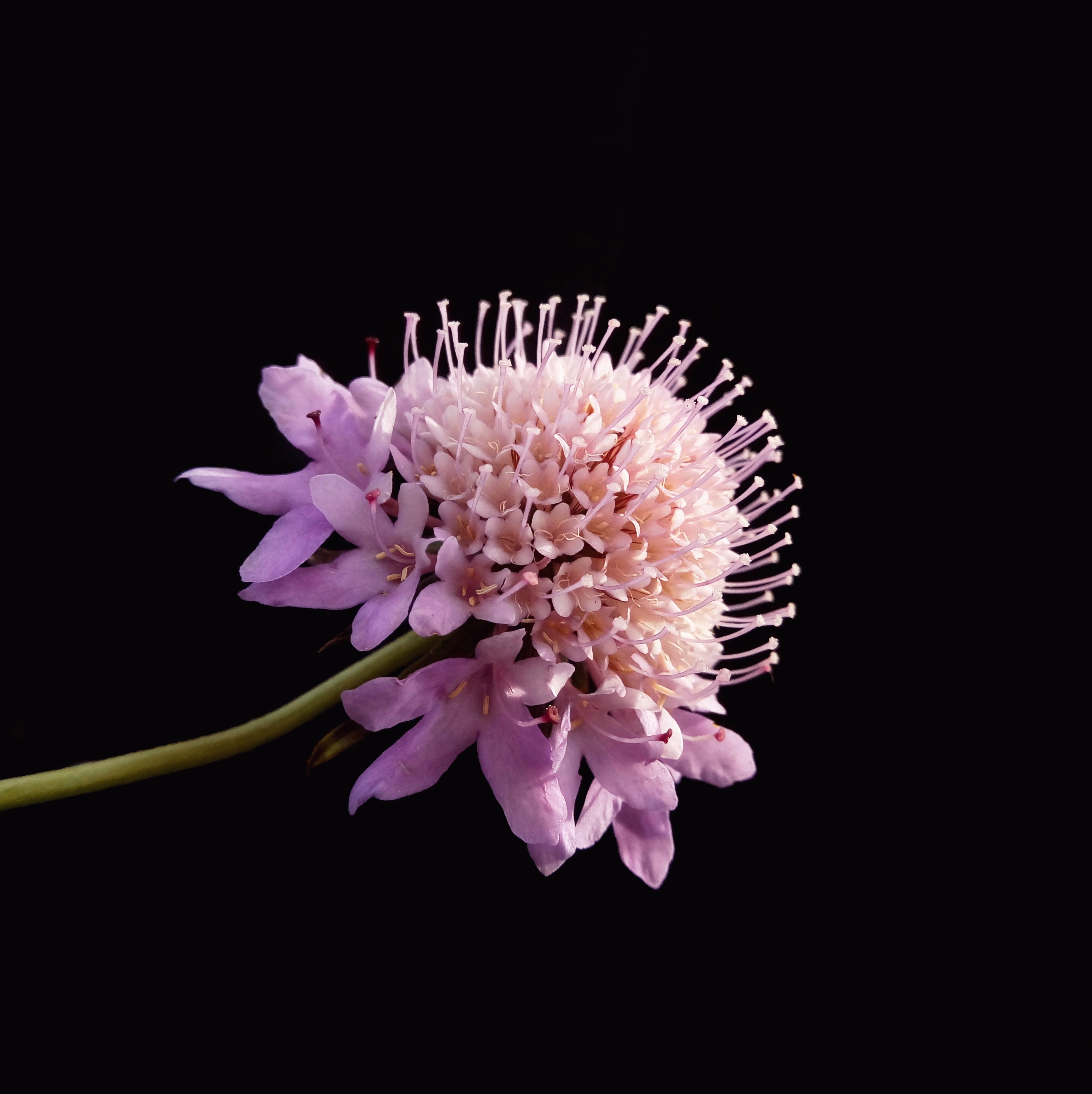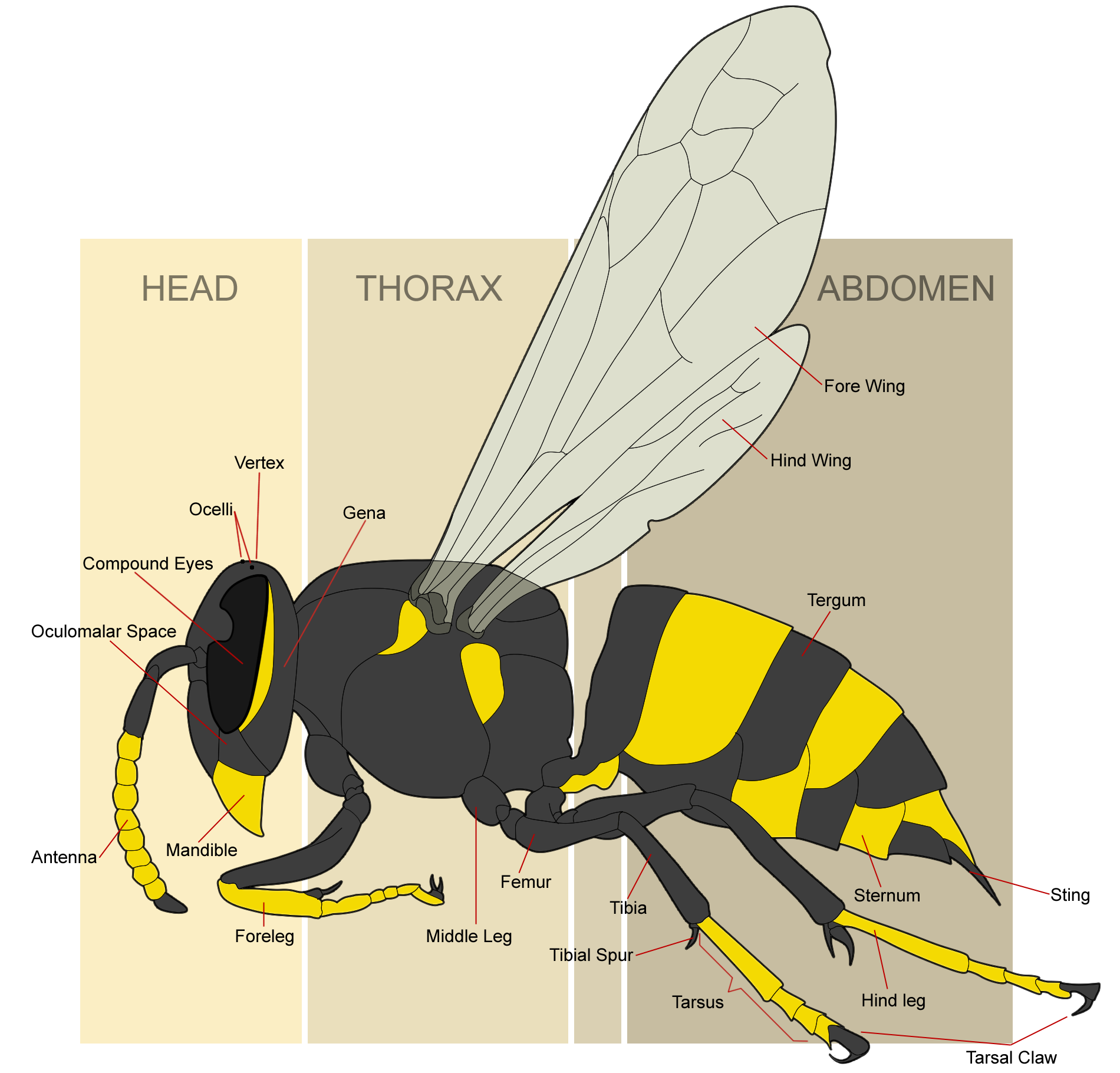|
Volucella Zonaria
''Volucella zonaria'', the hornet mimic hoverfly, is a species of hoverfly. These flies are capable of buzz pollination. Distribution This species is present in most of Europe, in Tunisia, Iran, Russia (to Far East) and in Mongolia. In Great Britain, it was only known from two specimens prior to 1940, so was regarded as rare. Since then, it has become increasingly widespread in many parts of the South and South East England, often in association with parks and gardens, where adults are usually seen visiting flowers. Elsewhere in England, only a few scattered records exist. Habitat These hoverflies usually inhabit meadows close to forests. Description ''Volucella zonaria'' can reach a length of , with a wingspan of about 40 mm. These very large and wide hoverflies have reddish-brown shining thorax with dark brown marks, and a reddish-brown scutellum. The head shows a waxy yellow face, with yellow forehead and antennae. The large ovoid compound eyes are reddish with dense ... [...More Info...] [...Related Items...] OR: [Wikipedia] [Google] [Baidu] |
Nikolaus Poda Von Neuhaus
Nikolaus Poda von Neuhaus (4 October 1723 – 29 April 1798) was an Austrian entomologist. In his branch of natural history, the short name Poda refers to him. Poda was born and died in Vienna. He was the author of ''Insecta Musei Graecensis'' (1761), the first purely entomological work to follow the binomial nomenclature of Carl Linnaeus. External linksLandes Museum * Insecta musaei Graecensis (Pdf) at Wikimedia commons
Wikimedia Commons (or simply Commons) is a media repository of free-to-use images, sounds, videos and other ...
[...More Info...] [...Related Items...] OR: [Wikipedia] [Google] [Baidu] |
Scabiosa
''Scabiosa'' is a genus in the honeysuckle family (Caprifoliaceae) of flowering plants. Many of the species in this genus have common names that include the word scabious, but some plants commonly known as scabious are currently classified in related genera such as ''Knautia'' and '' Succisa''; at least some of these were formerly placed in ''Scabiosa''. Another common name for members of this genus is pincushion flowers. Etymology The common name 'scabious' comes the Latin word ''scabiosus'' meaning 'mangy, rough or itchy' which refers to the herb's traditional usage as a folk medicine to treat scabies, an illness that causes a severe itching sensation. Description Some species of ''Scabiosa'' are annuals, others perennials. Some are herbaceous plants; others have woody rootstocks. The leaves of most species are somewhat hairy and partly divided into lobes, but a few are smooth and some species have simple leaves. The flowers are borne on inflorescences in the form of heads ... [...More Info...] [...Related Items...] OR: [Wikipedia] [Google] [Baidu] |
Insects Described In 1761
Insects (from Latin ') are pancrustacean hexapod invertebrates of the class Insecta. They are the largest group within the arthropod phylum. Insects have a chitinous exoskeleton, a three-part body (head, thorax and abdomen), three pairs of jointed legs, compound eyes and one pair of antennae. Their blood is not totally contained in vessels; some circulates in an open cavity known as the haemocoel. Insects are the most diverse group of animals; they include more than a million described species and represent more than half of all known living organisms. The total number of extant species is estimated at between six and ten million; In: potentially over 90% of the animal life forms on Earth are insects. Insects may be found in nearly all environments, although only a small number of species reside in the oceans, which are dominated by another arthropod group, crustaceans, which recent research has indicated insects are nested within. Nearly all insects hatch from eggs. Insect ... [...More Info...] [...Related Items...] OR: [Wikipedia] [Google] [Baidu] |
Volucella
''Volucella'' is a genus of large, broad-bodied, dramatic hover-flies. They have distinctive plumose aristae and the face is extended downward. They are strongly migratory and males are often territorial. Adults feed on nectar of flowers and are often seen sunning on leaves. The larvae of most species live in nests of bumblebees and social wasps, where they are detritivores and larval predators. Selected species *''Volucella anastasia'' Hull, 1946 *''Volucella arctica'' Johnson , 1916 *''Volucella bombylans'' (Linnaeus, 1758) *''Volucella dracaena'' Curran *''Volucella elegans'' Loew, 1862 *''Volucella eugenia'' Williston, 1887 *''Volucella evecta'' Walker , 1852 *''Volucella facialis'' Williston , 1882 *''Volucella inanis'' (Linnaeus, 1758) *''Volucella inflata'' ( Fabricius, 1794) *''Volucella jeddona'' Bigot, 1875 *'' Volucella linearis'' Walker, 1849 *'' Volucella liquida'' Erichson in Wagner, 1841 *'' Volucella lutzi'' Curran, 1930 *'' Volucella matsumurai'' H ... [...More Info...] [...Related Items...] OR: [Wikipedia] [Google] [Baidu] |
Diptera Of Europe
Flies are insects of the order Diptera, the name being derived from the Greek δι- ''di-'' "two", and πτερόν ''pteron'' "wing". Insects of this order use only a single pair of wings to fly, the hindwings having evolved into advanced mechanosensory organs known as halteres, which act as high-speed sensors of rotational movement and allow dipterans to perform advanced aerobatics. Diptera is a large order containing an estimated 1,000,000 species including horse-flies, crane flies, hoverflies and others, although only about 125,000 species have been described. Flies have a mobile head, with a pair of large compound eyes, and mouthparts designed for piercing and sucking (mosquitoes, black flies and robber flies), or for lapping and sucking in the other groups. Their wing arrangement gives them great maneuverability in flight, and claws and pads on their feet enable them to cling to smooth surfaces. Flies undergo complete metamorphosis; the eggs are often laid on the la ... [...More Info...] [...Related Items...] OR: [Wikipedia] [Google] [Baidu] |
Diptera Of Asia
Flies are insects of the order Diptera, the name being derived from the Greek δι- ''di-'' "two", and πτερόν ''pteron'' "wing". Insects of this order use only a single pair of wings to fly, the hindwings having evolved into advanced mechanosensory organs known as halteres, which act as high-speed sensors of rotational movement and allow dipterans to perform advanced aerobatics. Diptera is a large order containing an estimated 1,000,000 species including horse-flies, crane flies, hoverflies and others, although only about 125,000 species have been described. Flies have a mobile head, with a pair of large compound eyes, and mouthparts designed for piercing and sucking (mosquitoes, black flies and robber flies), or for lapping and sucking in the other groups. Their wing arrangement gives them great maneuverability in flight, and claws and pads on their feet enable them to cling to smooth surfaces. Flies undergo complete metamorphosis; the eggs are often laid on the la ... [...More Info...] [...Related Items...] OR: [Wikipedia] [Google] [Baidu] |
Diptera Of Africa
Flies are insects of the order Diptera, the name being derived from the Greek δι- ''di-'' "two", and πτερόν ''pteron'' "wing". Insects of this order use only a single pair of wings to fly, the hindwings having evolved into advanced mechanosensory organs known as halteres, which act as high-speed sensors of rotational movement and allow dipterans to perform advanced aerobatics. Diptera is a large order containing an estimated 1,000,000 species including horse-flies, crane flies, hoverflies and others, although only about 125,000 species have been described. Flies have a mobile head, with a pair of large compound eyes, and mouthparts designed for piercing and sucking (mosquitoes, black flies and robber flies), or for lapping and sucking in the other groups. Their wing arrangement gives them great maneuverability in flight, and claws and pads on their feet enable them to cling to smooth surfaces. Flies undergo complete metamorphosis; the eggs are often laid on the la ... [...More Info...] [...Related Items...] OR: [Wikipedia] [Google] [Baidu] |
Vespula
''Vespula'' is a small genus of social wasps, widely distributed in the Northern Hemisphere. Along with members of their sister genus ''Dolichovespula'', they are collectively known by the common name yellowjackets (or yellow jackets) in North America. ''Vespula'' species have a shorter oculomalar space (shown in the figure below right) and a more pronounced tendency to nest underground than ''Dolichovespula''. Notable species * While most species of this genus inhabit North America, four ''Vespula'' species inhabit Europe, namely ''V. austriaca, V. germanica, V. rufa'' and ''V. vulgaris'' * Two common European species, the German wasp (''Vespula germanica'') and the common wasp (''Vespula vulgaris''), have established in other countries: both species are now found in New Zealand, Australia and South America, while the former has also been introduced in North America, and the latter in southern Africa. * The eastern yellowjacket (''Vespula maculifrons'') and western yellowjacket ... [...More Info...] [...Related Items...] OR: [Wikipedia] [Google] [Baidu] |
Commensals
Commensalism is a long-term biological interaction (symbiosis) in which members of one species gain benefits while those of the other species neither benefit nor are harmed. This is in contrast with mutualism, in which both organisms benefit from each other; amensalism, where one is harmed while the other is unaffected; parasitism, where one is harmed and the other benefits, and parasitoidism, which is similar to parasitism but the parasitoid has a free-living state and instead of just harming its host, it eventually ends up killing it. The commensal (the species that benefits from the association) may obtain nutrients, shelter, support, or locomotion from the host species, which is substantially unaffected. The commensal relation is often between a larger host and a smaller commensal; the host organism is unmodified, whereas the commensal species may show great structural adaptation consistent with its habits, as in the remoras that ride attached to sharks and other fishes. Remo ... [...More Info...] [...Related Items...] OR: [Wikipedia] [Google] [Baidu] |
Buddleia
''Buddleja'' (; ''Buddleia''; also historically given as ''Buddlea'') is a genus comprising over 140 species of flowering plants endemic to Asia, Africa, and the Americas. The generic name bestowed by Linnaeus posthumously honoured the Reverend Adam Buddle (1662–1715), an English botanist and rector, at the suggestion of Dr. William Houstoun. Houstoun sent the first plants to become known to science as buddleja ( ''B. americana'') to England from the Caribbean about 15 years after Buddle's death. Nomenclature The botanic name has been the source of some confusion. By modern practice of botanical Latin, the spelling of a generic name made from 'Buddle' would be ''Buddleia'', but Linnaeus in his '' Species Plantarum'' of 1753 and 1754 spelled it ''Buddleja'', with the long i between two vowels, common in early modern orthography.Linnaei, C. (1753). ''Species plantarum''. Impensis Laurentii Salvii, Stockholm. The pronunciation of the long i in ''Buddleja'' as ''j'' is a commo ... [...More Info...] [...Related Items...] OR: [Wikipedia] [Google] [Baidu] |
Carduus
''Carduus'' is a genus of flowering plants in the family Asteraceae, and the tribe Cardueae, one of two genera considered to be true thistles, the other being ''Cirsium''. Plants of the genus are known commonly as plumeless thistles.''Carduus''. Integrated Taxonomic Information System (ITIS).''Carduus''. Flora of North America. They are native to Eurasia and Africa, and several are known elsewhere as . This genus is noted for its disproportionately high number of |
Cirsium
''Cirsium'' is a genus of perennial and biennial flowering plants in the Asteraceae, one of several genera known commonly as thistles. They are more precisely known as plume thistles. These differ from other thistle genera ('' Carduus'', ''Silybum'' and ''Onopordum'') in having feathered hairs to their achenes. The other genera have a pappus of simple unbranched hairs. They are mostly native to Eurasia and northern Africa, with about 60 species from North America (although several species have been introduced outside their native ranges). Thistles are known for their effusive flower heads, usually purple, rose or pink, also yellow or white. The radially symmetrical disc flowers are at the end of the branches and are visited by many kinds of insects, featuring a generalised pollination syndrome. They have erect stems and prickly leaves, with a characteristic enlarged base of the flower which is commonly spiny. The leaves are alternate, and some species can be slightly hairy. E ... [...More Info...] [...Related Items...] OR: [Wikipedia] [Google] [Baidu] |



_(10144905255).jpg)

